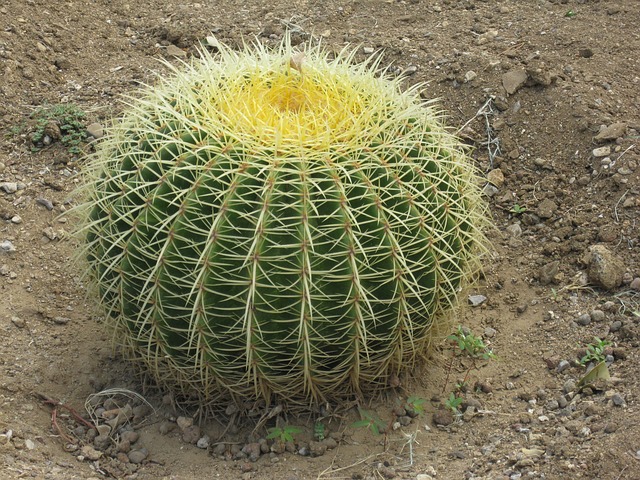DESERT AND XERIC SHRUBLAND
LOCATIONS
ECOLOGY POCKET GUIDE SUMMARY
The Desert and Xeric Shrubland ecoregion is a testament to the elegance of survival in scarcity. Here, life thrives against a backdrop of extremes—intense heat, minimal rainfall, and vast temperature fluctuations. For designers and urban planners, this ecoregion offers profound lessons in resource efficiency, adaptability, and simplicity. The sparse vegetation and unique forms found in desert ecosystems demonstrate how to create functional, resilient designs using minimal inputs. By observing how organisms conserve water, store energy, and protect themselves from harsh conditions, designers can uncover strategies for buildings and cities that minimize resource use while maximizing performance. From natural shading to thermal massing and water-harvesting systems, the desert teaches us how to integrate design with the environment in ways that are sustainable, functional, and beautiful.
ECOSYSTEM FRAMEWORK
Desert and Xeric Shrubland Ecoregion
Abiotic Components: Deserts are defined by extremely low precipitation, often less than 250 mm per year, and experience significant temperature variations between day and night. Soils are typically sandy or rocky, with low organic matter and poor water retention. Intense solar radiation, sparse cloud cover, and low humidity dominate this ecoregion, creating harsh conditions that limit the availability of water and nutrients.
Biotic Components: Vegetation in deserts is adapted to conserve water and withstand extreme temperatures. Dominant plant species include xerophytes, such as cacti, succulents, and drought-tolerant shrubs like creosote and sagebrush. Animal life includes reptiles (lizards and snakes), small mammals (kangaroo rats and jackrabbits), and highly specialized birds like roadrunners and desert owls. Many desert species are nocturnal to avoid daytime heat, and they have evolved to efficiently use or store water.
Trophic Structure: The food web in desert ecosystems begins with sparse vegetation, which serves as primary producers. Herbivores, such as rodents and insects, feed on drought-tolerant plants, while predators like snakes, birds of prey, and larger mammals prey on these herbivores. Decomposers, including bacteria and fungi, break down organic material, though this process is slower due to the arid environment.
Nutrient Cycles: Nutrient cycling in deserts is slow due to limited organic matter and moisture. The carbon and nitrogen cycles are tightly coupled with the survival strategies of plants and animals. Plants must capture and store energy efficiently, often relying on deep root systems to access scarce water and nutrients. Occasional rainfall events can trigger rapid nutrient uptake and growth, followed by periods of dormancy when resources are scarce.
Interactions: Relationships in desert ecosystems are often highly specialized. Mutualistic interactions, such as pollination by nocturnal animals or seed dispersal by ants, are crucial for plant reproduction. Competition for water and shade is intense among both plants and animals, leading to niche specialization. For example, some desert plants produce toxins to limit competition, while others rely on symbiotic relationships with fungi (mycorrhizae) to enhance water absorption.
Adaptation and Resilience: The resilience of desert ecosystems lies in their ability to adapt to extreme fluctuations in climate. Plants have evolved waxy coatings, small or absent leaves, and deep roots to minimize water loss, while animals often have specialized kidneys to conserve water and avoid overheating. Desert organisms exemplify the principles of flexibility, resource conservation, and adaptation to harsh conditions, offering a model for sustainable design.
System Boundaries and Scale: Desert and Xeric Shrubland ecoregions are found across all continents, including the Sahara, Arabian, Sonoran, and Australian deserts. The boundaries of these ecosystems are largely defined by rainfall and temperature, with transitions into grasslands or savannas in some regions. Though often seen as barren, deserts cover approximately 33% of the Earth's land surface and play a significant role in global climate regulation.
Additional Ecologically Integrated Design Considerations
Protect soil from water and wind erosion
Prepare for and allow flash flood events
Manage grazing intensity to avoid overgrazing and depletion of vegetal cover
Protect from prevailing winds at night, which are the primary cause of heat loss
Leverage the strong sun radiation during the day with mineral mass to radiate heat during the night to the interior
Promote water infiltration and rain water harvest
References
Noy-Meir, I. (1973). Desert Ecosystems: Environment and Producers. Annual Review of Ecology and Systematics, 4(1), 25-51. DOI: 10.1146/annurev.es.04.110173.000325
Whitford, W. G. (2002). Ecology of Desert Systems. Academic Press.
Schlesinger, W. H., Reynolds, J. F., Cunningham, G. L., Huenneke, L. F., Jarrell, W. M., Virginia, R. A., & Whitford, W. G. (1990). Biological Feedbacks in Global Desertification. Science, 247(4946), 1043-1048. DOI: 10.1126/science.247.4946.1043
Ward, D. (2009). The Biology of Deserts. Oxford University Press.
Reynolds, J. F., & Stafford Smith, D. M. (2002). Global Desertification: Do Humans Cause Deserts? Dahlem University Press.









